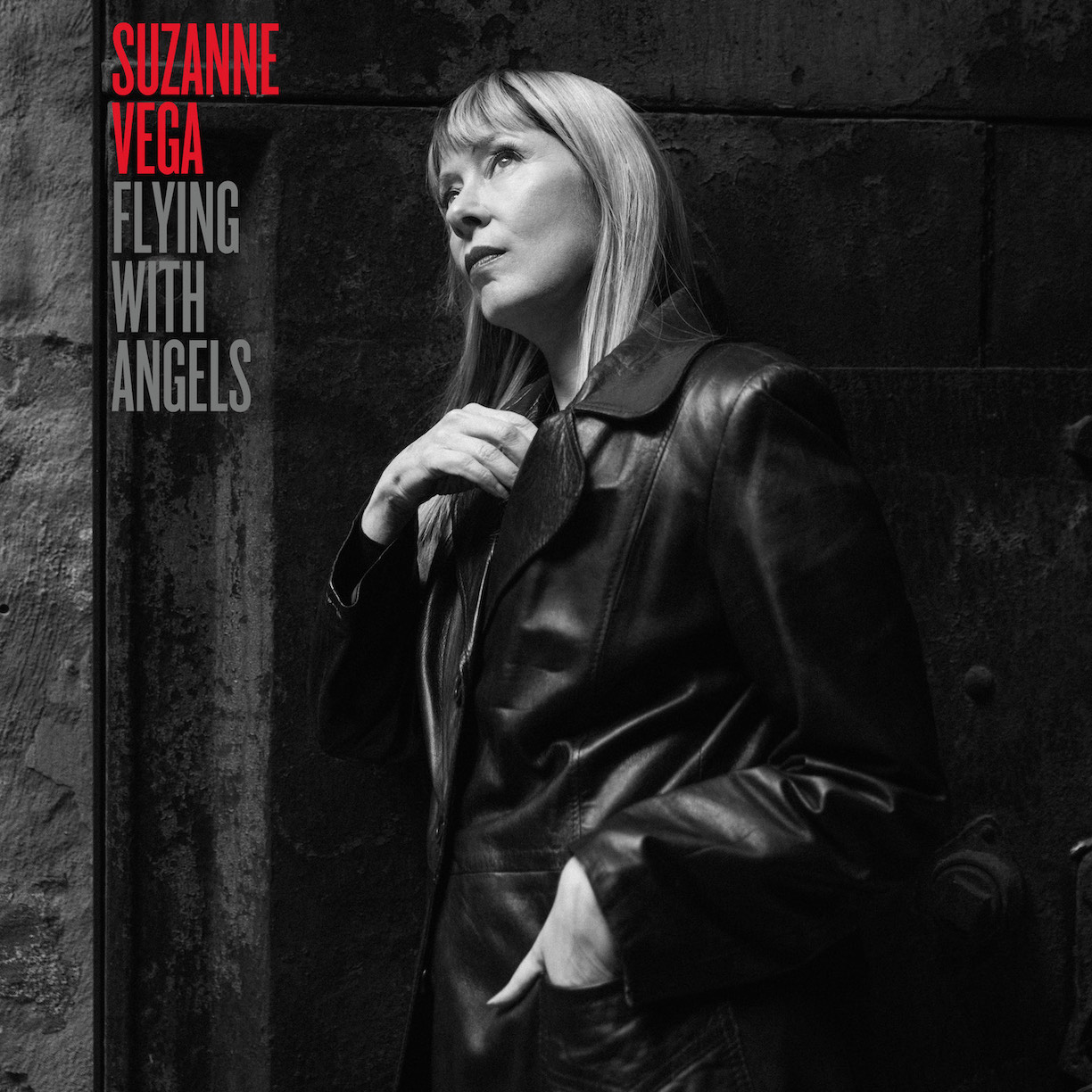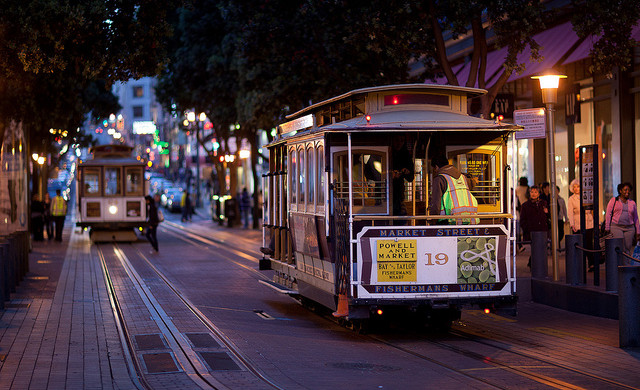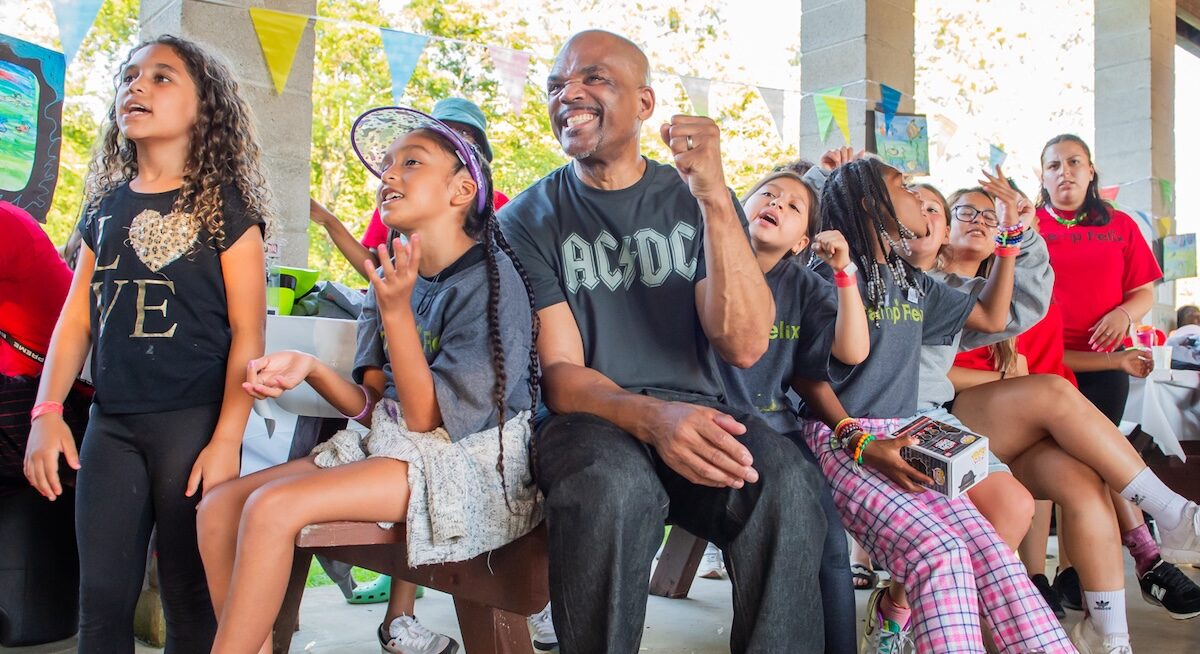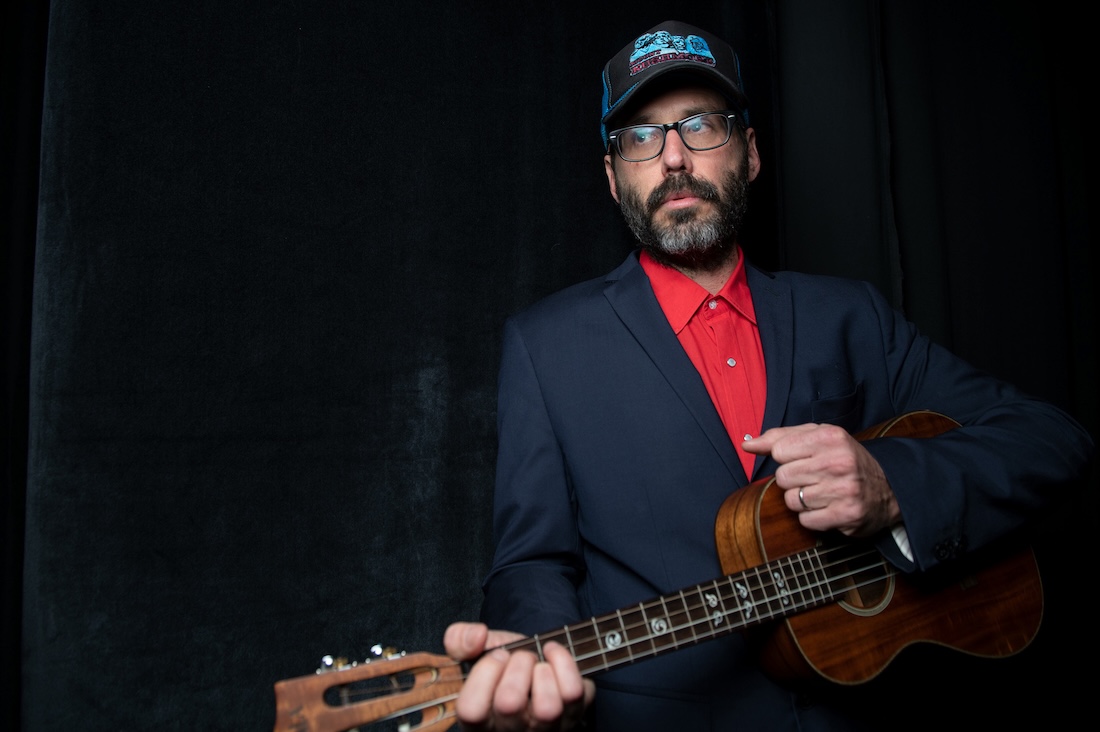From Notebooks to New Songs: Suzanne Vega’s Creative Compost
Suzanne Vega is solely responsible for why so many of my Gen X contemporaries named their firstborn “Luka,” after her 1987 song of the same name. When Vega joins me via video call, I share this anecdote with her, but she doesn’t seem impressed. “It’s a little early in the morning for me,” she says, […]


Suzanne Vega is solely responsible for why so many of my Gen X contemporaries named their firstborn “Luka,” after her 1987 song of the same name. When Vega joins me via video call, I share this anecdote with her, but she doesn’t seem impressed. “It’s a little early in the morning for me,” she says, stern but prepared. Her stick-straight blond hair, cut with severe bangs, sets off her black-rimmed glasses and blood-red lipstick. She looks camera-ready.
More from Spin:
- Goose’s Close Encounters
- R.E.M. Revisit ‘Radio Free Europe’ For New Benefit EP
- Pet Symmetry Goes ‘Big’
Vega broke into the mainstream with “Luka,” a haunting ballad about child abuse told in the first person—an unusual subject for a pop song in 1987. Nominated for three Grammys, it was followed by another kind of breakthrough: no wave duo DNA’s remix of her a cappella track “Tom’s Diner.” Reimagined as a slick electronic track, the remix became an early example of the mash-up era and a club classic.
“Not only was I a dancer, and am a dancer,” she says, “but I also came from neighborhoods where that was the music that was played. In East Harlem, there were not a lot of people sitting around playing folk music, except my stepfather. When I heard that remix, I thought it was great because, in a sense, it expresses a part of my life and where I come from. I thought it was really cool.”

Coincidentally, my friends with children named Luka are all from the electronic music community, which seems to have a natural affinity for Vega. When she met DNA, she asked them how they conceived the remix. “We’re fans of yours. The rhythm was already in the song. If we hadn’t done it, someone else would have,” they responded. “That impressed me,” says Vega. “I suppose the rhythm was there in the song in a way that was unconscious to me.”
Vega’s songs are evergreen, and she has a new batch on her new album, Flying with Angels, out May 2. It is Vega’s tenth studio album and her first collection of all-new material in over a decade. The album draws from notes Vega made to herself during the pandemic, capturing her reflections and emotions. But Flying with Angels doesn’t sound like a record tied to that time.
“Some songs are personal, some are political, some are just thoughts about a situation, there’s no particular narrative there, it’s just an impression,” she says of Flying with Angels. “Because songs often aren’t narrative because they have a chorus that repeats, it gives me a lot of leeway to do whatever I want, which is one of the reasons I like songwriting. It’s why I’m a songwriter and not a fiction writer.”

Vega mentions notes a few times and when I ask her about them, she turns the camera to show me a couple of bookcase shelves where 60 or so notebooks sag against each other. “I think of it as a compost heap,” she says. “I’ll write this, throw it in the pile, then give it a sift once in a while, see if there’s anything good developing. If it’s not, throw it back in.”
The first three songs: “Speaker’s Corner,” “Flying with Angels,” and “Witch,” are the result of Vega’s husband suffering from multiple strokes after contracting COVID and losing his speech. “My husband was a First Amendment lawyer and a spoken word poet,” says Vega. “The idea that he would suddenly have this affliction, at this moment when we need First Amendment protection, I couldn’t get over the irony of that. I pushed myself to include these topics because he wasn’t able to do it. He’s not able to do what he normally does, which is protect protesters. Instead, he’s learning to speak again from the beginning.”
Vega’s husband is one of a few individuals who inspired Flying with Angels. “Lucinda” is about Lucinda Williams, whom Vega first met in the ’90s. “Chambermaid” nods to Bob Dylan’s “I Want You” and also incorporates the singer/songwriter into its lyrics. In contrast, “Rats,” which is about New York City’s rodent infestation during the pandemic, draws from the Ramones and Fontaines D.C.—not artists usually spoken in the same breath as Vega.
“People have been saying ‘Oh that doesn’t sound like you,’ since my very first song ‘Cracking,’ I guess I’m always doing things that don’t sound like me,” Vega says. “’Rats’ had to be a punk rock song. I mean, you can’t do a sensitive ballad about rats unless you’re writing ‘Ben,’ that Michael Jackson song about the rat, which is not what I wanted to do.”

Then she says, “Gerry [Leonard], who I collaborate with, and I, we talk about The Ramones all the time. Even on the first album, the song ‘Neighborhood Girls’ is all downstrokes guitar playing. Back then, in the ’80s, my friend Brian said, ‘Is this a Ramones thing?’ Because that was one of their hallmarks. They’ve always been kind of a presence, especially in New York.”
Perhaps the New York artist who has been the most influential on Vega is Lou Reed. She draws a direct line from Reed’s Berlin album to “Luka.” Vega first saw Reed in 1979. Prior to that, she was listening to Leonard Cohen, Paul Simon, and Dylan, whose writing is full of imagery and metaphors. By the time Vega wrote “Luka,” she had been experiencing Reed for five years.
“What drew me in was his blunt and confrontational way of writing songs,” she says. “My usual way of writing was more metaphoric. I don’t think there’s any metaphor in the way Lou writes. It’s straightforward thoughts and feelings. It’s what he called ‘real songs.’ I felt I could use some of that. That’s not my natural bent, but I wanted to get some of that ability. That’s why I kept listening to his music and kept studying him. Here’s somebody who’s reflecting New York City life in the ’70s in his songs on acoustic guitar, and I thought, ‘I want to do that.’”
And she’s been doing just that for the last 40 years.
Suzanne Vega’s North American tour continues June 4, 2025.
To see our running list of the top 100 greatest rock stars of all time, click here.






































































